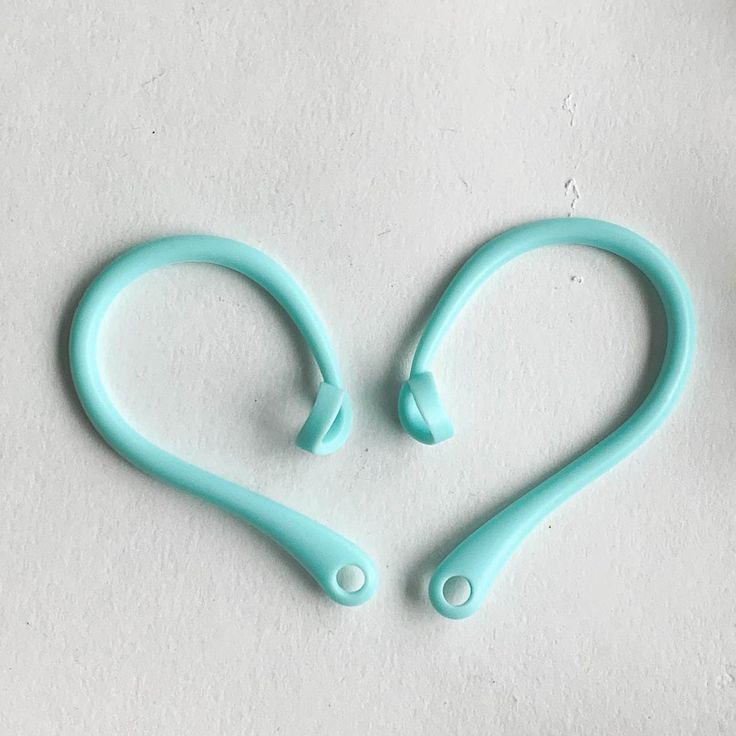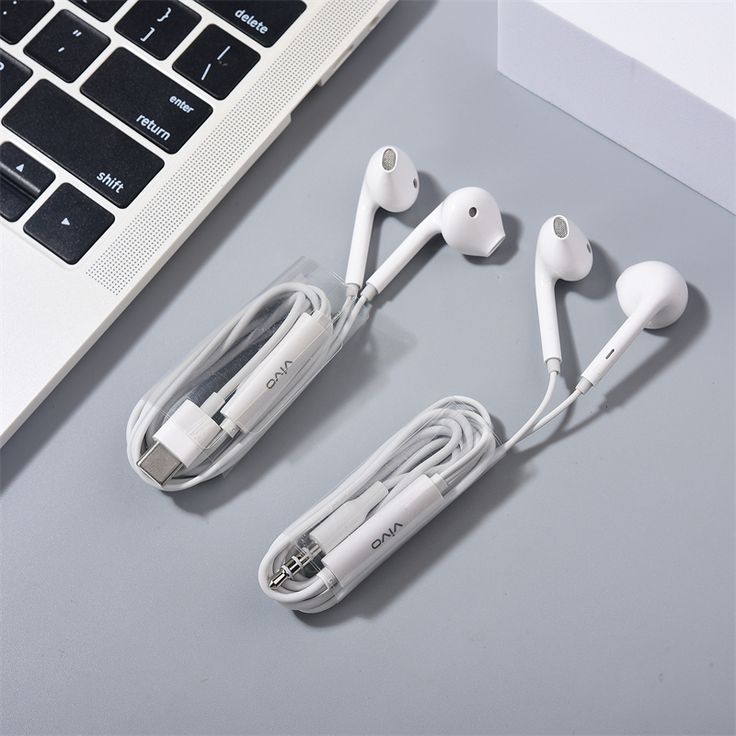Common Causes of Headphone Malfunctions
Having your headphones stop working can be quite a headache. Let’s dive into the main reasons why this happens, so you can get back to your audio experience fast.
Defective Jack Plug or Port
Rough handling or drops can bend or break your jack plug. This means bad contact with your port. Or, your port might have dust or damage, which stops it from recognizing your headphones.
Default Sound Format Issues
Your computer may send sound to the wrong device, like external speakers instead of headphones. Also, your headphones might not work with the computer’s sound format.
Accidental or Software Muting
It’s easy to hit the mute button by mistake, especially on touch-control headphones. Or maybe a software setting muted your headphones without you realizing.
Step-by-Step Solutions for Headphone Repair
When your headphones fail, you need clear steps to fix them. Let’s walk through these fixes.
Checking the Connection and Insertion
First, ensure your headphone jack is not loose. Push the jack firmly into the port for a solid connection.
Updating or Reinstalling Audio Drivers
Outdated drivers can cause issues. Update or reinstall them via your computer’s device manager.
Adjusting Sound Settings on Device
Go to your sound settings. Make your headphones the default device and check the volume is not muted.
Inspecting Headphones for Physical Damage
Look closely for any breaks, kinks, or wear. Physical damage often requires replacing parts or the entire set.
Managing Bluetooth Settings and Pairing
If using Bluetooth, ‘forget’ the device in settings and re-pair. Ensure your device and headphones are compatible.

Troubleshooting Specific Headphone Issues
Sometimes, headphones puzzle us with issues that seem specific and challenging. Let’s tackle these head-on, with simple solutions.
Wired Headphones: Solutions for Common Problems
For wired headphones not working, check the basics first. Ensure your headphones are fully plugged in. Inspect the cable for kinks or breaks. If damage is visible, you may need new headphones. Also, clean your headphone jack to remove any dust or debris.
Bluetooth Headphones: Connectivity and Compatibility Fixes
Bluetooth headphones can be tricky. Make sure they’re charged and within range of your device. ‘Forget’ and re-pair them in your Bluetooth settings. Check for compatibility between your headphones and device to avoid connection woes.
Dealing with Audio Driver Conflicts
Driver issues can cause big headaches. Open your device manager, update or reinstall your audio drivers. This can often clear up any miscommunication between your computer and headphones.
Handling Physical Wear and Tear
Headphones can suffer from wear and tear. Check for frayed wires and damage on the earpieces. Sometimes, a quick fix isn’t possible, and you might need to replace them.
Tips to Prevent Future Headphone Problems
To save headaches down the road, follow these tips. They help stop common headphone problems before they start.
Proper Handling and Storage of Headphones
Headphones last longer when treated right. Here’s how:
- Wrap Cords Gently: Don’t tug or twist the cables. Instead, loosely coil them when not in use.
- Use a Case: A protective case guards against drops and pressure when carried around.
- Avoid Moisture: Keep them dry. Sweat and rain can harm headphone components.
- Keep Clean: Wipe earbuds regularly. This keeps sound clear and prevents buildup.
Regular Updates of Audio Drivers and Software
Keep your tech in check. Staying updated avoids glitches. Here’s what to do:
- Check for Updates: Use your device’s update tool. Make sure you have the latest software.
- Reinstall if Needed: If sound issues pop up, try reinstalling your audio drivers.
- Stay Secure: Install security software. It stops malware from wrecking your audio drivers.
Optimal Usage and Handling of Bluetooth Devices
Using Bluetooth with care ensures a solid connection. Keep these in mind:
- Charge Up: Make sure your headphones have enough battery before use.
- Stay Close: Keep within the Bluetooth range for a strong signal.
- Pair Right: Follow the pairing steps correctly every time for reliable use.

Consultation and Manufacturer Support
When you’ve tried everything but your headphones still aren’t working, it’s time for expert help.
Utilizing Manufacturer’s Troubleshooting Guides
Every headphone brand often provides a troubleshooting guide. These guides are tailored for specific models. Check the guide that came with your headphones. It will have steps to diagnose and fix common issues. Look for the guide on the manufacturer’s website if you’ve lost yours. Follow the steps closely for the best chance of fixing your problem.
Seeking Help from Customer Support
If the troubleshooting guide doesn’t solve the issue, reach out to customer support. They know their products best. Explain the problem clearly and provide the headphone model. They may offer fixes or suggest sending in the headphones for repair. Remember, customer support is there to assist you. They can often help when all other options have been exhausted.
Frequently Asked Questions
Dealing with headphone glitches can be puzzling. Let’s clear up some common queries.
Understanding Reasons Behind Sudden Headphone Failure
Headphones can give up without a warning. This might be from a loose connection, outdated drivers, or a hasty mute action. Physical damage from bending or dropping often cuts sound too. Checking these can often fix your issue quick.
Troubleshooting Bluetooth Connection Problems
Bluetooth headphones can fail to link up for many reasons. Make sure they’re charged and close to your device. Check that the pairing is done right, and make sure no other devices are interfering. ‘Forget’ the device in your settings and reconnect for a fresh start.
Identifying Signs of Blown Headphones
Blown headphones usually have a sound drop, distortion, or no audio at all. This comes from too much volume or physical harm. If the music sounds odd or isn’t there, it might be time for new headphones.

Conclusion and Final Thoughts
After tackling the many reasons and solutions for headphone malfunctions, it’s clear that fixing them can often be straightforward. By now, you should feel more confident in solving why your headphones are not working. Let’s briefly recap the key steps for fixing these audio annoyances.
Reviewing the Steps for Fixing Headphone Issues
Remember to first check your headphone’s connection. Review audio drivers and ensure they’re up to date. Adjust your device’s sound settings, and inspect your headphones for any physical damage. For Bluetooth headphones, manage your pairing settings and keep an eye out for interference. Don’t forget to use audio troubleshooters and address any Windows update conflicts. Lastly, test your headphones with different ports or devices to pinpoint the problem.
Using these steps, you can often find the hitch and fix it fast. From dust in the port to a mismatched plug, you’re now ready to handle these hiccups without missing a beat.
Emphasizing the Importance of Manufacturer Support
If you’ve followed all the steps and still face issues, it’s time to connect with the experts. Manufacturers offer support and troubleshooting guides designed for your specific models. They can provide tailored solutions and advice. Whether it’s seeking help from customer service or reviewing the manual, don’t hesitate to reach out. Remember, if your headphones are under warranty, you may be entitled to a repair or replacement.
In summary, there’s a fix for most headphone problems. Patience and the right approach will have you back to enjoying your audio. Trust in these solutions and support systems to resolve even the trickiest of issues.










